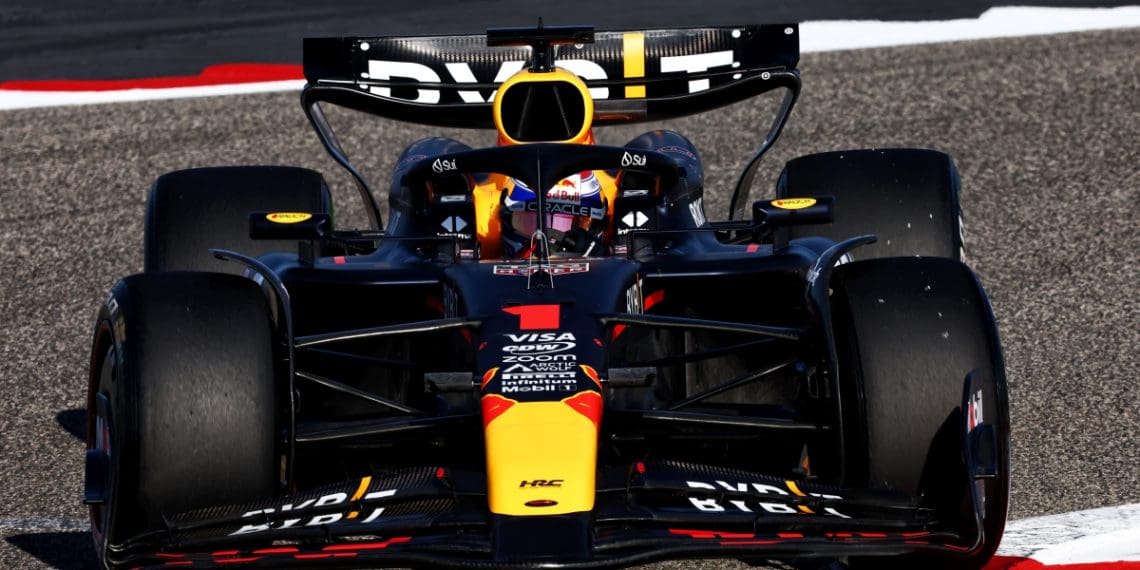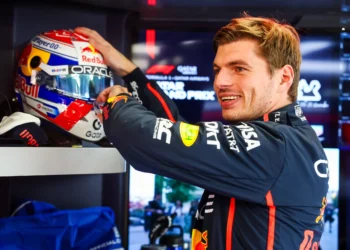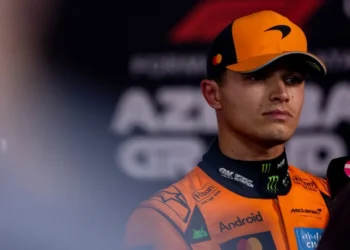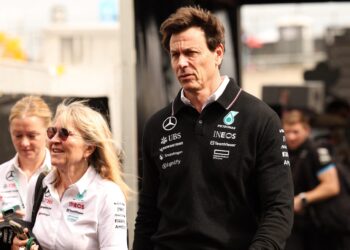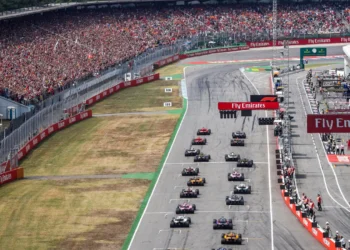Max Verstappen is driving the Red Bull RB20 during pre-season testing in Bahrain. The team surprised everyone with their new RB20 challenger, which incorporates design elements that Mercedes had previously abandoned. This includes a vertical inlet on the sidepods and a prominent gulley along the engine cover. While other teams have moved away from these design choices, Red Bull’s decision has raised eyebrows. However, Mercedes’ Toto Wolff has cautiously supported Red Bull’s venture, stating that it wouldn’t be embarrassing if they made it work. He also explained that each team follows their own development direction, based on their simulations and wind tunnel testing. Mercedes, for example, has moved away from their previous design concepts in favor of a more conventional approach that they believe will provide a better performance platform.
Red Bull Team Principal Christian Horner has stated that he predicted that several other teams’ cars in the upcoming season would bear resemblance to the dominant RB19 machine from 2023. However, Ferrari’s counterpart, Frederic Vasseur, has played down the notion that their overhaul is solely aimed at replicating Red Bull’s success. Vasseur explained that it is not about copying another team, but rather about investing more time in the wind tunnel to improve the car. He believes that over the next two or three years, there will be a convergence in performance among the teams. Vasseur emphasized that copying would only result in lagging behind and being one step behind the competition.
Mercedes, on the other hand, has pursued a revised concept for the 2024 season in order to provide both drivers with a more compliant car compared to their previous challenging creations. Team Principal Toto Wolff expressed optimism within the team, stating that they had a car that was difficult to comprehend at times. The focus for this season has been to establish a stable platform from which they can further develop. Wolff acknowledged that it is too early to draw conclusions based on the limited testing done so far. However, the initial feedback from the drivers has been positive, indicating that they have a promising starting point to work with.

